Text and photos by George Pitts.
I’ve been a painter, writer, and photographer most of my life.
Painting has a grand tradition that taught me more than I expected, and like a minister presiding over a wedding, Painting wedded me to the subject matter, which is most identified with my practice as a photographer. Painting imposed the irrefutable fact of Woman upon my consciousness, and even when I abandoned painting the figure for over a decade, the spectre of Woman loomed large in her absence, and never let go of its hold on what I imagined Art could be, if only I would surrender to the inevitability of rendering women again within the depths of my creative concerns. Painting has a different history and relationship to the subject of Woman, than the younger and arguably more promiscuous tradition of Photography.
The torrid and ubiquitous excess of images of women parallels the rise of mechanistic reproduction which enabled the medium of Photography to proliferate everywhere, in a range from High to Low, refined and crude, plain and fancy, light and heavy, tragic and frivolous, obscene and respectable, earnest and ironic, nasty and nice. Painting with its richer, more complicated, and less transparent manner of rendering women into holy mothers, royal deities, aristocrats, matrons, working women, servants, and courtesans is paradoxically less suited to capturing Woman as she is in the breadth of her being.
A painter (with the radical exception of Picasso) tends to choose a particular characterization of a woman that is hardwired to that artist’s temperament, and often sticks with that characterization more or less for the rest of their life; whereas for a photographer, nothing is that simple, or as potentially sublime in its scope of representations.
A painter wouldn’t be called a “fashion painter,” merely because he or she is preoccupied with beauty, style, and gorgeous lighting. But in Photography, one is more likely to be consigned to a genre or worst, a category, due to one’s content or the specific visual effect or preoccupation of one’s work. It appears at times, that a photograph is more often appreciated for what is in it, than for what it is as an object.
Refined technique or compelling content notwithstanding, a photograph is expected to be a more modest experience, stripped of the legacy of cultural profundity attributed to its older wiser sister, Painting. Photography compensates for this systematic slight, with a crueler more strategically compulsive reason to exist: its propensity for popularity, its illusory capacity for realism, and the literalism of its iterations.
Within the confines of my aesthetic is a philosophical refusal to concede too much importance to Painting, because I want photography to carry as much baggage and primacy as it can within its fragile position. Nowadays, I feel that nothing comes close to the particular quality of necessity that is inherent in Photography.
As much as I love cinema, as an art form it doesn’t induce enough envy of its achievement that I’m led to believe that photography comes up short. But as with Painting, and with Cinema, increasingly I feel a photograph can carry a great deal of complexity, be it emotional, intellectual, aesthetic, technical, or ideally, all of the above all at once in a single work. But I’m not sure how photography or any art form does this; and for me, that is a delicious form of futility. As it demands that with each woman or subject that I photograph, there is implicit in the desire to take a picture, the promise ever anew of making something of resonance that sustains attention, or burns a hole in the retina, or groin, or the pit of the stomach, something wrenching, lovely, or impossibly subtle, coolly cerebral, and out of reach.
It is when the subject, the woman, poises herself into being that an occasion for communion, intoxication, and expansive sensual reverie can lead to mutual self-discovery.
While writing this piece, I watched a documentary on British icon David Bailey (the photographer that inspired the Antonioni film, “Blow-Up”). While walking around his comfortable studio, touching his sculptures of skeleton heads fitted with exaggerated additions such as 10 inch tongues, flowers, and other unlikely objects, Bailey pontificated in a relaxed dreamy manner about some of the strengths of Photography, saying: “Photography’s all about Death…it’s the same with pornography. Pornography works much better in photography than it does in painting or illustration, because you know it actually happened…”
If I were to paraphrase Bailey’s remarks, I’d replace the word “Eroticism” with his choice of words, “Pornography.” Eroticism to my mind, is less definite, and more equivocal, and it allows for more ambiguity, yes, but also from my visual purview, more possibility, because female behavior is less tied to a script of stereotypes, and can in fact be unmoored to sail, or rest, or indulge in torrid articulations of feeling, or not.
And yet the sheer authentic presence of a human figure, of a woman, can and should be enough, for an attentive artful tender perusal, with the desire that the woman take the lead in defining the scope of her comfort, and the physical language of her particular psyche. For me, as an artist, it’s better this way, following women into their particular idiosyncratic slide into acting out. It’s more fun and labor that way, and in having more technical and emotionally responsive work to do, things get lively, and obscure, and newly fresh, if not altogether better in terms of locating instances of specific individual beauty, as opposed to homogeneous socially conditioned articulations of beauty.
It’s not that the familiar, and the classic or profane repetition of sexual/sensual tropes is bad, but only that such images are already there embedded in the collective human archive of idealized, media-generated, configurations of desire. To unlearn how to make an enduring sexual representation requires more specific attention to the degrees of exposure that the model determines in her reticence, passion, and disinterest in being reduced to a product of sexual embodiment. If this quality of depiction were easy, there would be more individuals arguing for its importance, but the desire to perceive women variously, with complexity, and a relative lack of obsessive insistence, isn’t the central concern of the Internet or the print media, where the obvious thrives in the transparent recesses of male taste, or in the more retouched and discreet sphere of the women’s consumer market.
“Don’t want your bullshit, just want your sexuality,” intones Kate Bush on “The Song Of Solomon.” “Write me your poetry in motion,” she continues, “write it just for me, yeah.” A particularly intimate response is what Kate is asking for; and I think that can only occur if one can endeavor to see who is being photographed, as opposed to what one can get out of the subject.
In superimposing those endlessly recycled media and art history poses over a woman’s body, you can find yourself delivering the expected, or at best, the generic: as in the increasingly predictable magazine renderings of contemporary beauty, or in the alleged timeless nostalgic classic ever sentimental conception of beauty, that relies heavily on a black and white idiom, or on the coterie of culturally ordained standards of allure embodied in a physical type few women actually inhabit. What is one to do except, surrender and resist from within, embracing the excess of media representations as if they are temporarily true for our historical moment, while still reserving the privilege of thinking for one’s self, in order to land on some more fertile ground that is virgin in the excavation of truths emanating from the particular woman before one’s eyes? That could be one strategy: to succumb to the pressure to beautify and idealize; because it is important to learn how women enjoy seeing themselves in an image that reaches the public sector. Yet in our present era, we have witnessed the visual depiction of women by women, such as those by the peerless photographer, Diane Arbus, who chose realism over idealization, which raises questions of what does the female artist wish to see when photographing her own gender: prettiness, inner depth, imperfection?
Obviously it’s hard to say, and harder to know what a woman really wishes to relish when examining the representation of another woman. But the example of Arbus (and the legions of women artists that populate our era) directs us to the cracks in the female armor of glamorous representation, pointing to a yearning to remove the makeup, or to at least question the necessity of representing women in a strictly idealized manner. Painting experienced a similar crisis in the mid-19th century; when Courbet wiped the slate clean of centuries of glamorous posturing, to reveal corpulence, earthiness, robust intensity, and an aesthetically raw depiction of Woman, without the pretense of myth. Manet, Degas, Renoir, Cezanne, and others soon followed suit with their respective spins of realist perception.
Perhaps because we have the technology available to ‘correct’ our depictions of Women, photographers are expected to make women “look good,” in the cultural belief that that is what women want at all costs. However true this state of affairs may be, it begs the question of why? Is this our societal way of keeping women on pedestals, or is this the highest goal one could wish to accomplish in the depiction of women, to reinforce the illusion of perfect beauty?
Aside from matters of beauty, is a host of bothers, animal, comedic, intelligent, yearning, wholesome, daring, convulsive, lyrical, friendly, and gracious: qualities that complete and complicate the photograph.
It’s in the noticing, catching feelings that otherwise would go unrecorded, that pleasure becomes methodical and disciplined, because it takes attention to see the molten flow and withholding of emotion and candor that informs the tension within so many good pictures of women.
“I’m the hand up Mona Lisa’s skirt,” Al Pacino suavely brags in the movie, “The Devil’s Advocate.” His conceit smacks of the tension I’m referring to, in this instance the invasion of a mute enigmatic culturally adored sphinx. Pacino is implying that he’s cracked the code of her aloofness, and has gained entrance into her body. I’m afraid that this conceit often carries over into the male artist’s desire to dominate their subjects, for the idea of “breaking” the object of visual desire has been rationalized as a cathartic remedy, the notion that one can penetrate the veil, find the darker access, that one can “break on through” to a more protean level of invention. I’m still not sure what such an attitude brings to picture making, but it’s now in the canon of glib-speak about “going further, taking it to the edge.” This is the literalism, and modernist hubris, that sees innovation only in stripping away the illusions of artifice or exposing the graphic sexuality that lies beneath civility, or in the bedrooms of virtually anyone on a passionate night; but I’m not sure that this “hardcore” approach is sufficiently rewarding or affectionate toward the full dimension of a woman, but it gives me something to resist, in pursuit of some other comparable representation that will suffice.
Please visit George Pitts web site for more informations and nude photos.

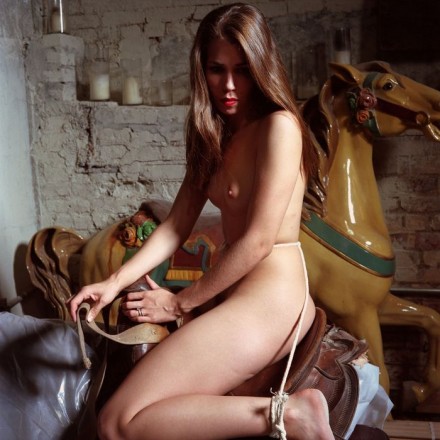
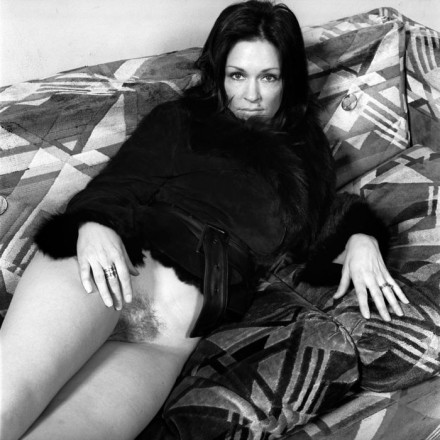
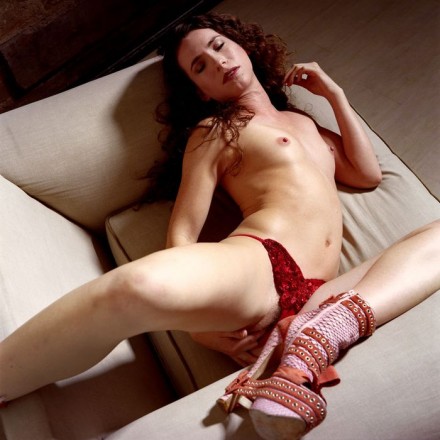
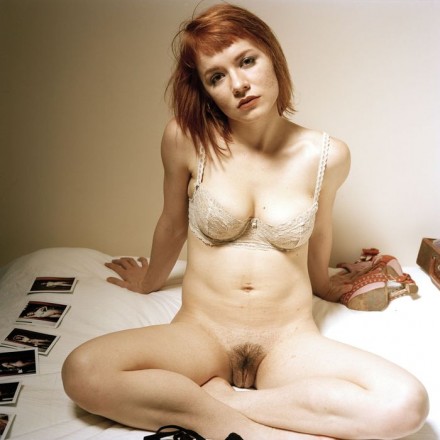
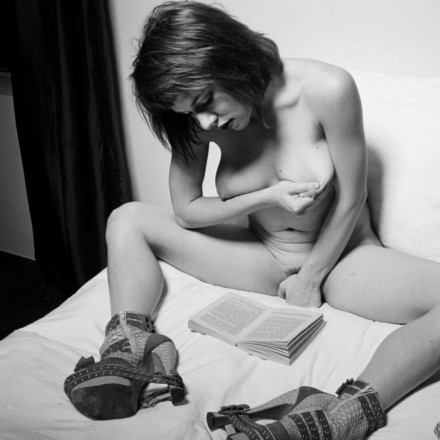
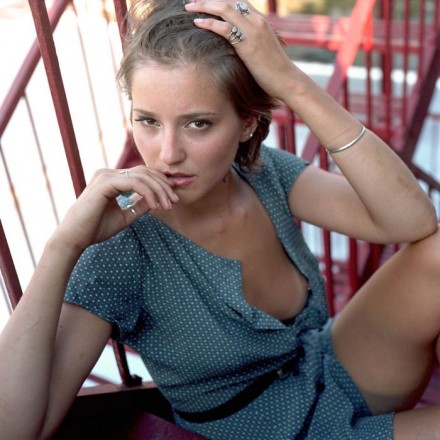
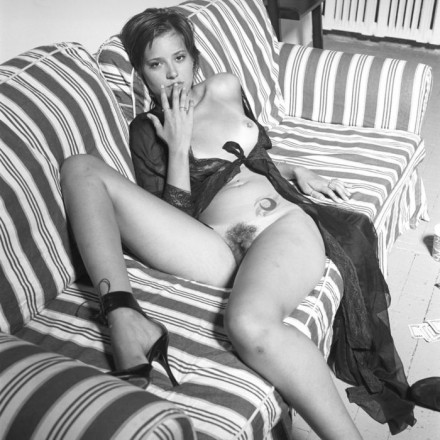
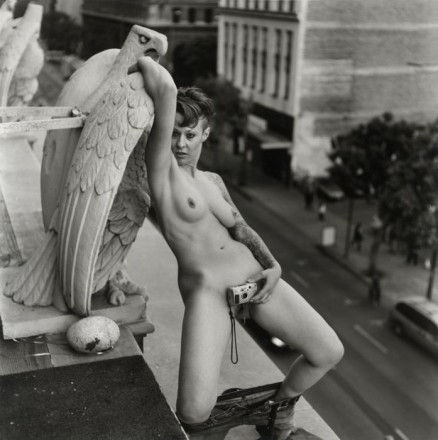
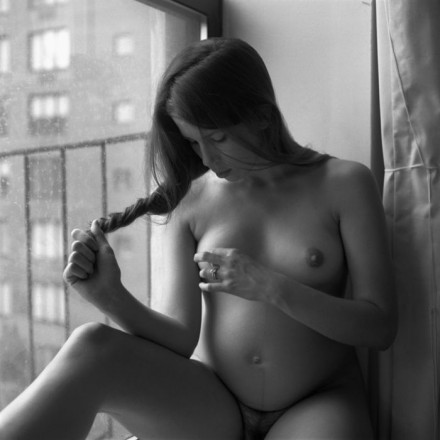
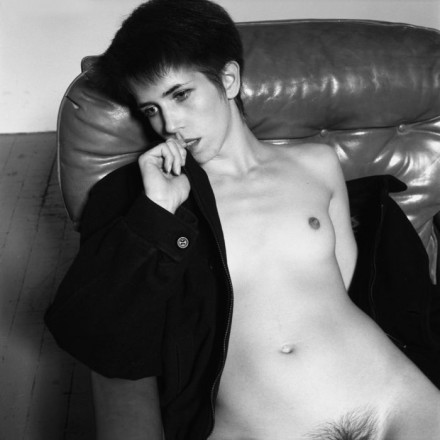
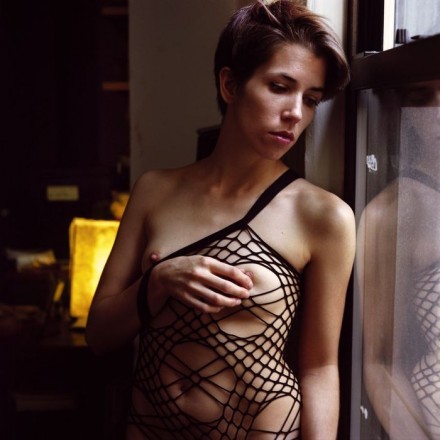
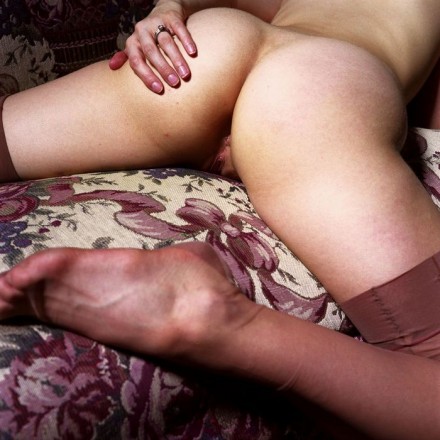
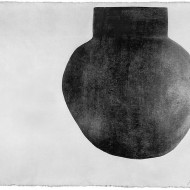
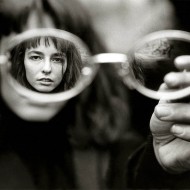
































Articulate in voice and craft George.
LOVED these pics… The Form was excellent!
Very interesting article, well written and thought provoking, thanks.
You can also subscribe to this post comments RSS feed.